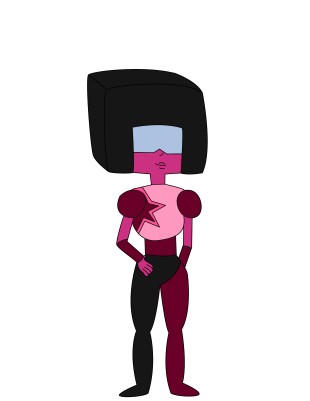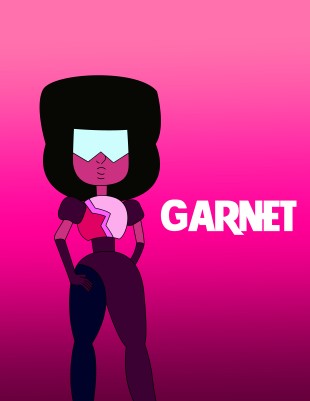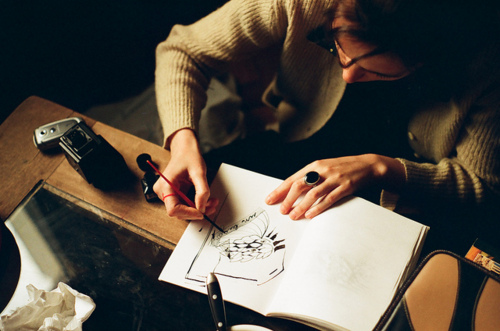Have you ever tried to draw something but it just didn’t turn out exactly how you had imagined? That’s because you need to use some references! When you try to draw something without actually looking at it, it’s extremely difficult and it’s guaranteed that it won’t be perfect. I’m sure you’re probably wondering how all those artists you see in videos on YouTube make their art without looking at references, right? That’s because they most likely have a very strong visual library, meaning that they’ve drawn those things so many times that they don’t need to reference anymore! Even the smallest bit of referencing can go a long way, so don’t be afraid to look at other artist’s work or even pictures of things in real life.
Something else to remember about referencing is that instead of directly trying to copy your reference pictures, learn from them! Find many different pictures of different angles of what you’re trying to draw, whether it’s an object or a person in a specific pose. Although this process may seem a little slow, learn how the different parts of the object works because it will definitely help you in the long run! After you’ve broken down your references into pieces, draw what you’ve learned. Even though it’s probable that you’ll have to repeat this process for the first while, eventually you’ll build up your visual library enough that you won’t need to reference these things anymore because you understand how they work! Time for some examples:


I decided to draw the character Garnet from Steven Universe. In the above pictures, the one on the left is using no references and I drew this off the top of my head with my current visual library. As you can see, the drawing doesn’t look too bad. However, it doesn’t exactly look right either. The proportions are off on some of the parts such as the arms and legs, and her hair is looking a bit odd. So, I looked up a few reference pictures of different angles, and learned about them. Then, using those references I tried to draw her again as you can see pictured on the right. She looks a lot more ‘lively’ now instead of flat, and the proportions are looking a lot better. This is just a small sample of what a difference using references make!
Sources:
